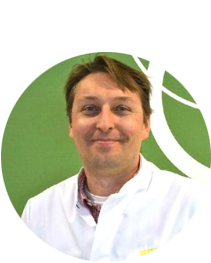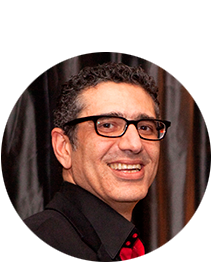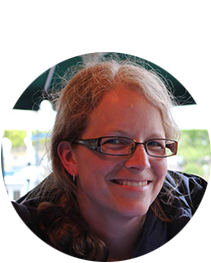How math helps to kill cancer and the mystery of EEC Syndrome
Amsterdam, June 14th 2013-
Also this week MedZine brings you the latest medical news on various medical specialisms. In this editorial two striking studies are highlighted. The first study describes how mathematical modeling can be used to fight cancer. The second solves the mystery of variable pathology in EEC Syndrome.
Using math to predict cancer-killing by oncolytic viruses
The fight against cancer is still ongoing and one of the promising strategies that are being applied is using oncolytic viruses to kill cancer cells. A hurdle in this approach is the effects these viruses have on healthy cells and how effective they are against the cancer cells. In a publication in Nature Communications, Le Boeuf and colleagues describe how mathematical modeling can be used to overcome this hurdle. The researchers established a model that predicts how modifications in oncolytic viruses would impact cancer cells and normal cells. The mathematical model could accurately predict the experimental outcome. Therefore, this model could be used to predict whether or not an oncolytic virus would be able to kill the cancer cells without effecting normal cells. Until now the researchers have used a specific cancer cell and they are now going to expand these findings to other cancer cells to see which variables are universal and which are cell type specific.
Why there are large differences in the pathology of EEC Syndrome
EEC stands for Ectodactyly, Ectodermal dysplasia, Clefting syndrome, a hereditary disorder. EEC syndrome can be a grave syndrome characterized by cleft palate and deformities of the skin and limbs. Often central digits of the hand or foot are deformed or lacking, which is why EEC syndrome is also known as a split hand–split foot malformation. However, in other individuals bearing the same predisposing genetic mutation bear little or no sign of the illness. This mutation is a single nucleotide mutation in p63 and is autosomal dominant, meaning that only one copy of the defective gene is enough to cause the disease. In a publication in the American Journal of Medical Genetics, Vernersson Lindahl and colleagues describe how the differences in pathology occur. The researcher made a knock-in mouse model of EEC in which they replaced the normal p63 gene with a version bearing the single-letter mutation that causes EEC in people. When that crossed these mice with mice lacking an alternative variant of p63, Tap63, they found that in mice that lacking Tap63 and having the EEC-mutant version of p63 pathology always occurs. These findings suggest that levels of the TAp63 protein determines whether children that have inherited a copy of the EEC-causing mutation are born with birth defects.
Sources: Eurekalert, Nature Communications and American Journal of Medical Genetics







